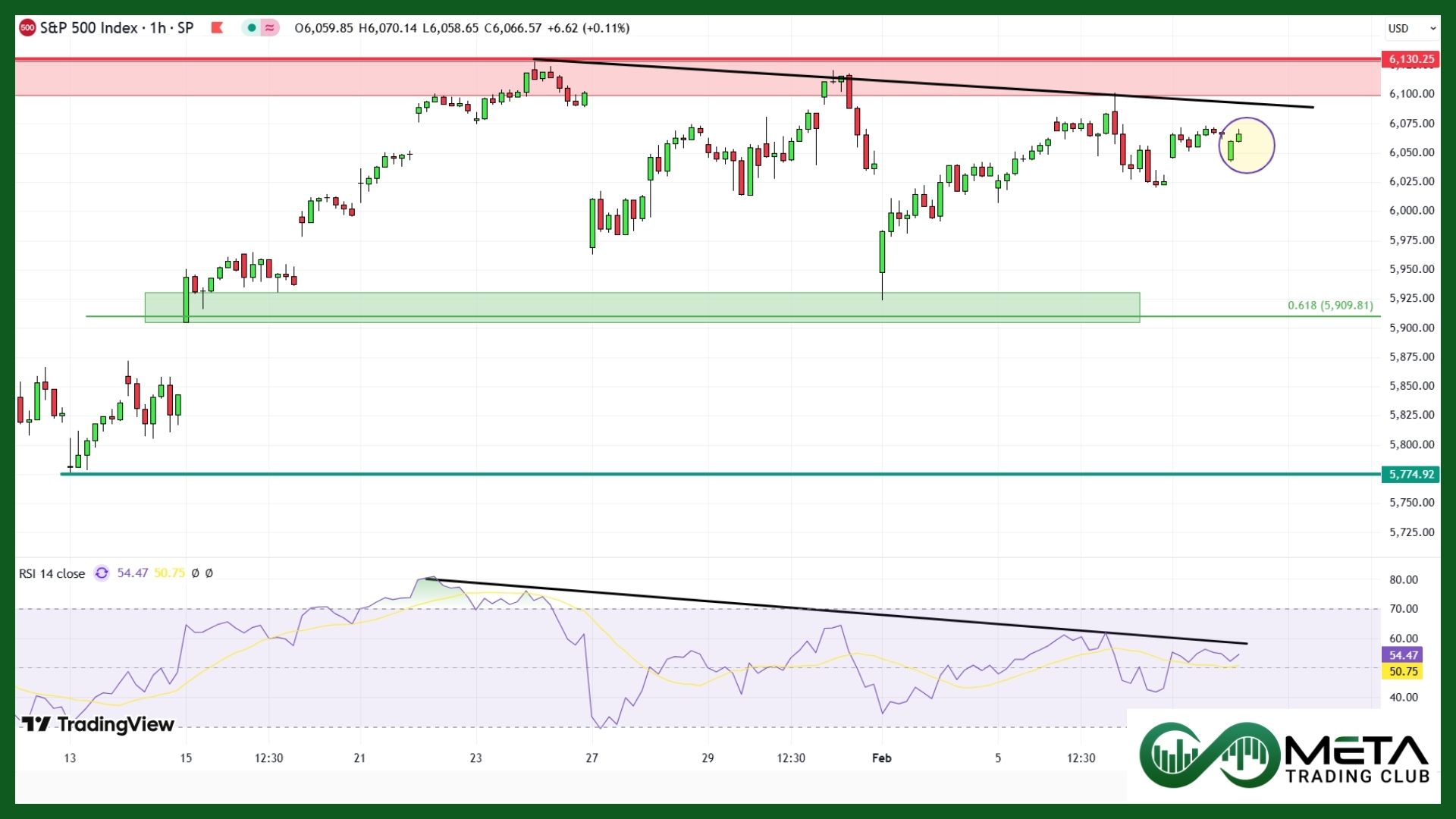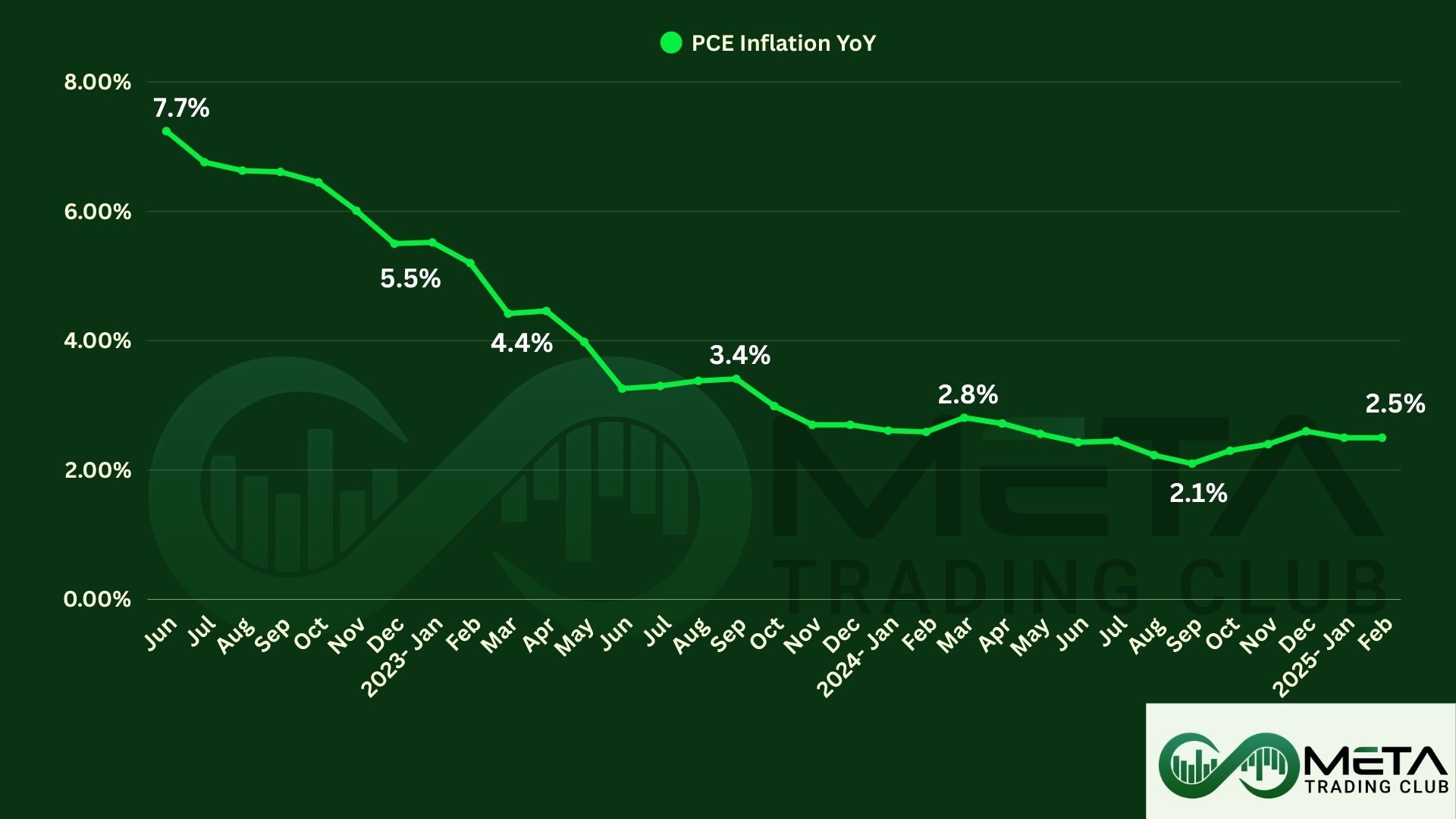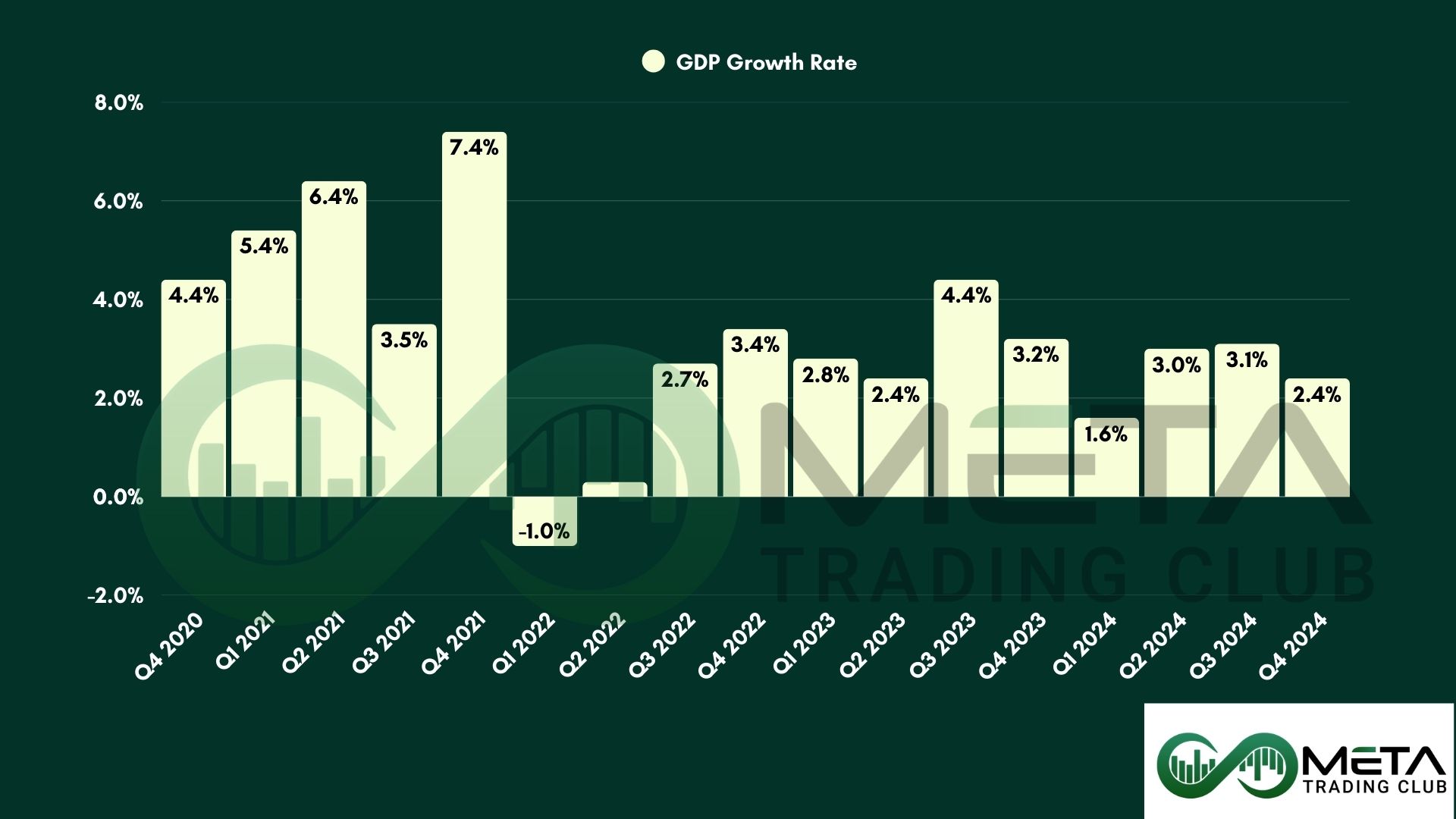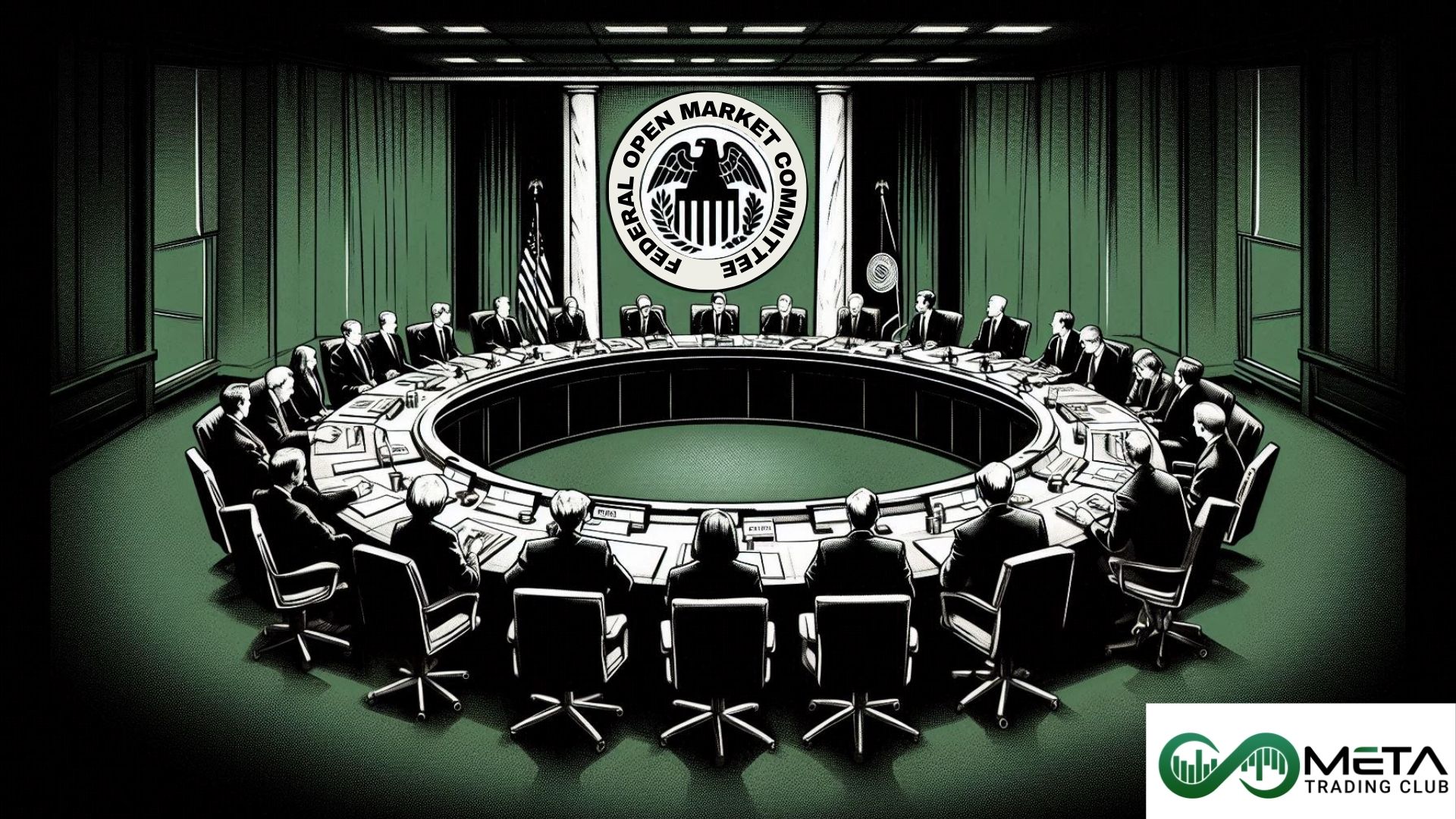Chairman Scott, Ranking Member Warren, and other esteemed members of the Committee were presented with the Federal Reserve’s semiannual Monetary Policy Report. The report emphasized the Federal Reserve’s firm commitment to its dual-mandate goals: maximum employment and stable prices, ultimately benefiting the American populace.
Economic Progress and Current Situation
Over the past two years, the economy has shown significant progress. Labor market conditions have cooled from their previously overheated state but remain solid. Inflation is moving closer to the 2 percent long-term goal, although it remains somewhat elevated. The Federal Reserve remains vigilant about the risks associated with both aspects of its mandate.
Recent indicators show that economic activity continues to expand at a solid pace:
- GDP Growth: Gross domestic product (GDP) rose by 2.5 percent in 2024, supported by resilient consumer spending.
- Investment: While there was a decline in equipment and intangible investments in the fourth quarter, overall annual performance remained solid.
- Housing Sector: Activity stabilized following a period of weakness in the middle of last year.
- Labor Market: Payroll job gains averaged 189,000 per month over the past four months, with a steady unemployment rate at 4 percent. Nominal wage growth has eased, and the jobs-to-workers gap has narrowed.
The labor market is not a significant source of inflationary pressures. Strong conditions in recent years have helped narrow disparities in employment and earnings across different demographic groups.
- Inflation: Inflation has eased over the past two years but remains somewhat above the 2 percent target. Total personal consumption expenditures (PCE) prices rose by 2.6 percent over the past 12 months, with core PCE prices rising by 2.8 percent. Longer-term inflation expectations appear well-anchored.
Monetary Policy
The Federal Reserve’s monetary policy actions, guided by its dual mandate, include promoting maximum employment and stable prices. Since last September, the Federal Open Market Committee (FOMC) has lowered the policy rate by a full percentage point from its peak, after maintaining the federal funds rate at 5.25 to 5.5 percent for 14 months. This recalibration reflects the progress made on inflation and the cooling labor market. Meanwhile, the Federal Reserve continues to reduce its securities holdings.
With the policy stance now significantly less restrictive and the economy remaining strong, there is no immediate need to adjust the policy stance hastily. Prematurely reducing policy restraint could hinder inflation progress; while reducing it too slowly could unduly weaken economic activity and employment. The FOMC will assess incoming data, the evolving outlook, and the balance of risks to determine the timing and extent of future adjustments.
As the economy evolves, the Federal Reserve will adapt its policy stance to best promote its dual goals. Policy restraint can be maintained for longer if inflation does not sustainably move toward 2%. Conversely, if the labor market weakens unexpectedly or inflation falls faster than anticipated, policy can be eased accordingly. The Federal Reserve is aware of the risks on both sides and is well-positioned to address uncertainties.
Policy Review
This year marks the second periodic review of the Federal Reserve’s monetary policy strategy, tools, and communications—the framework used to pursue its goals of maximum employment and stable prices. The focus includes the FOMC’s Statement on Longer-Run Goals and Monetary Policy Strategy, with the 2% inflation goal retained.
The Federal Reserve remains steadfast in achieving the dual goals set by Congress—maximum employment and stable prices. Its success in delivering on these goals significantly impacts all Americans, and its actions are dedicated to the public mission.
Impacts of Report on Stock market
The Federal Reserve’s semiannual testimony to Congress on February 11, 2025, had a slight impact on the stock market. Investors closely watched Federal Reserve Chair Jerome Powell’s remarks for insights on economic conditions, inflation, and future monetary policy. Initially, Wall Street’s main indexes fell by 0.28% at the open due to concerns about tariff and economic outlook. However, the market rebounded and turned green after the testimony.














